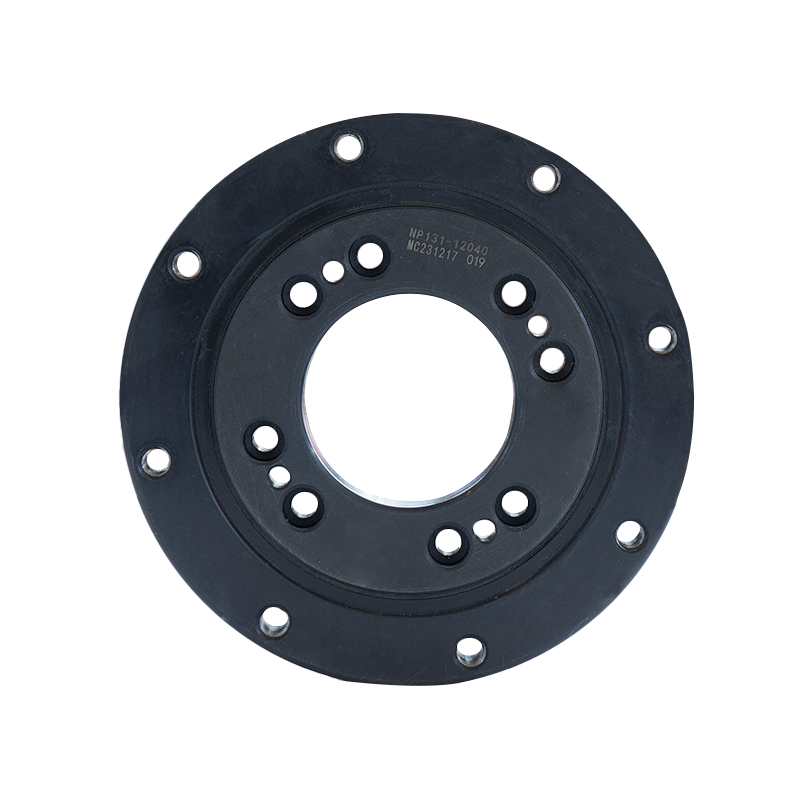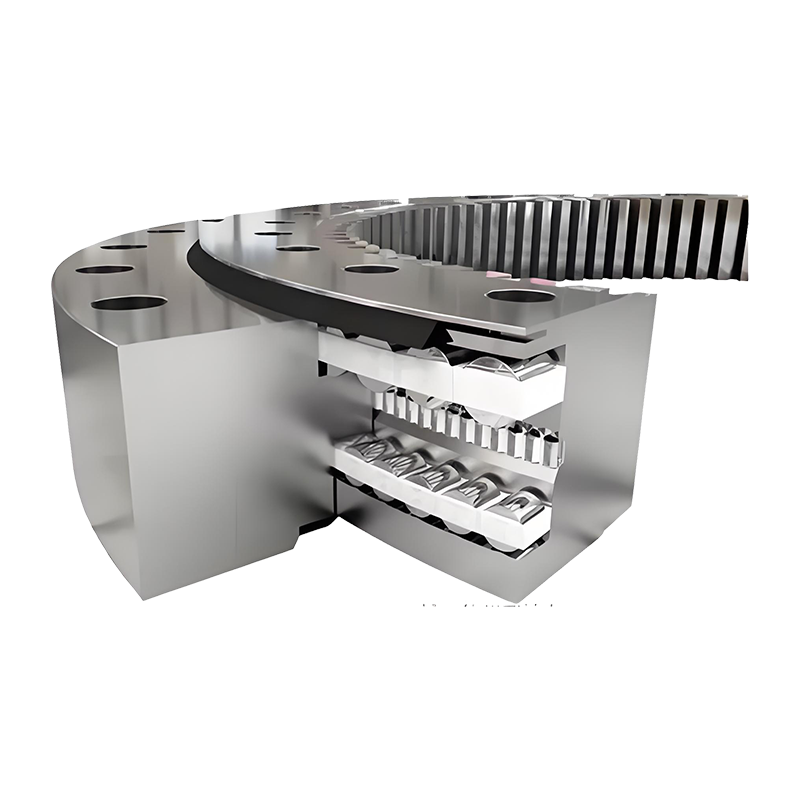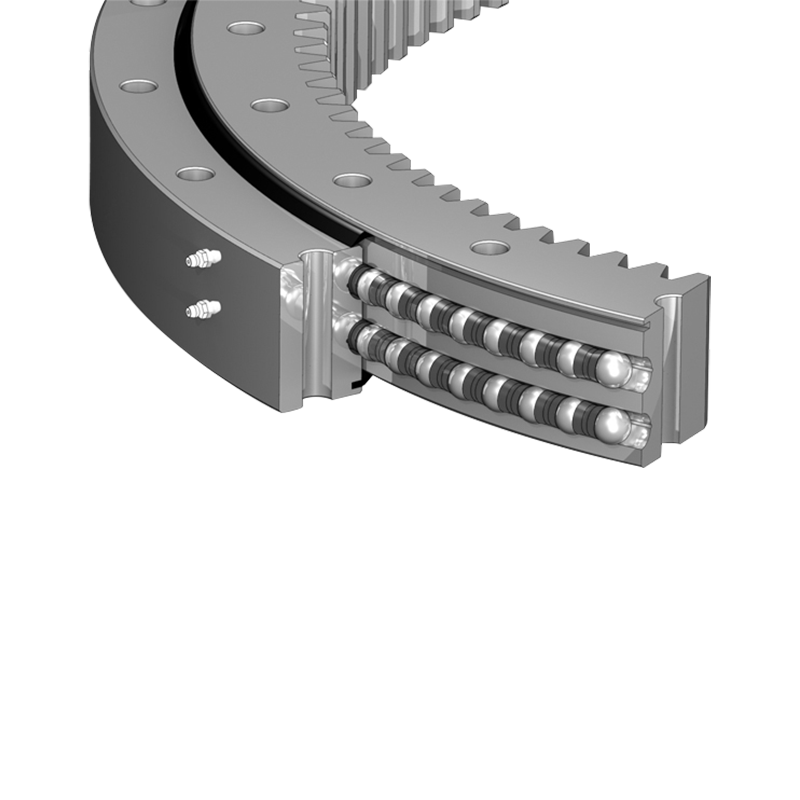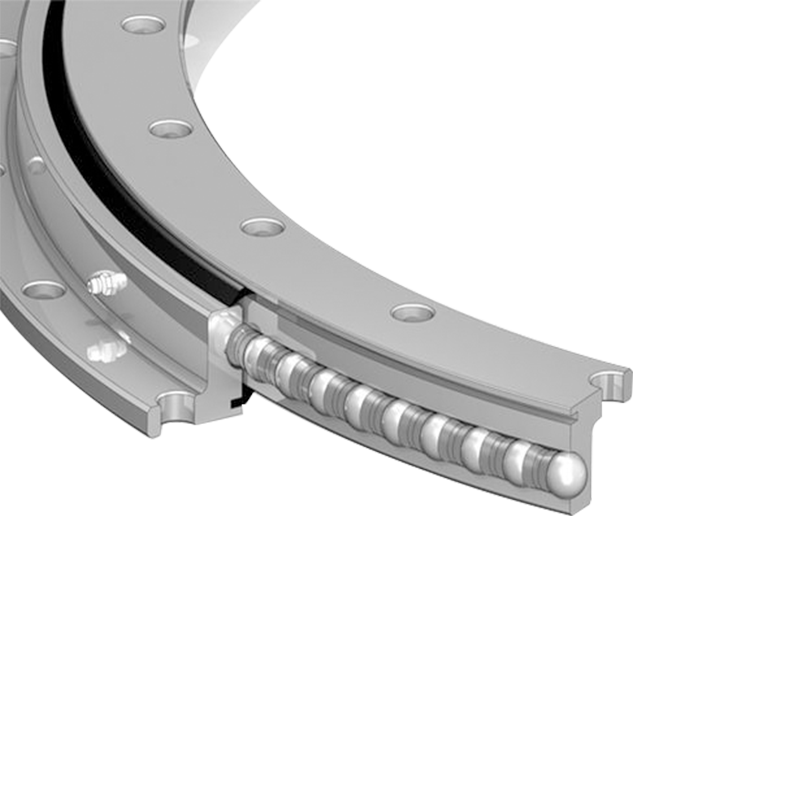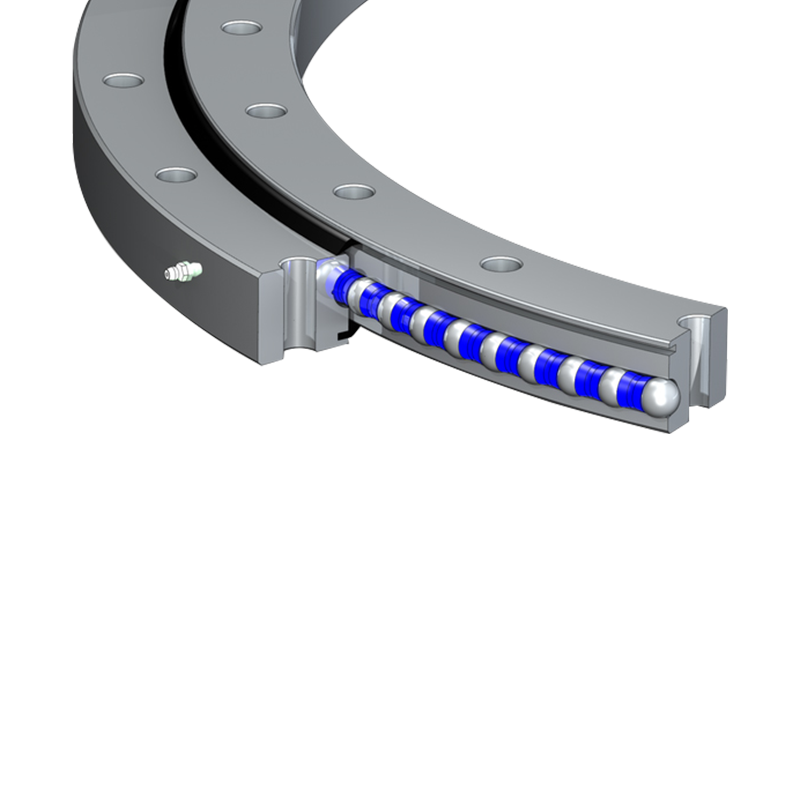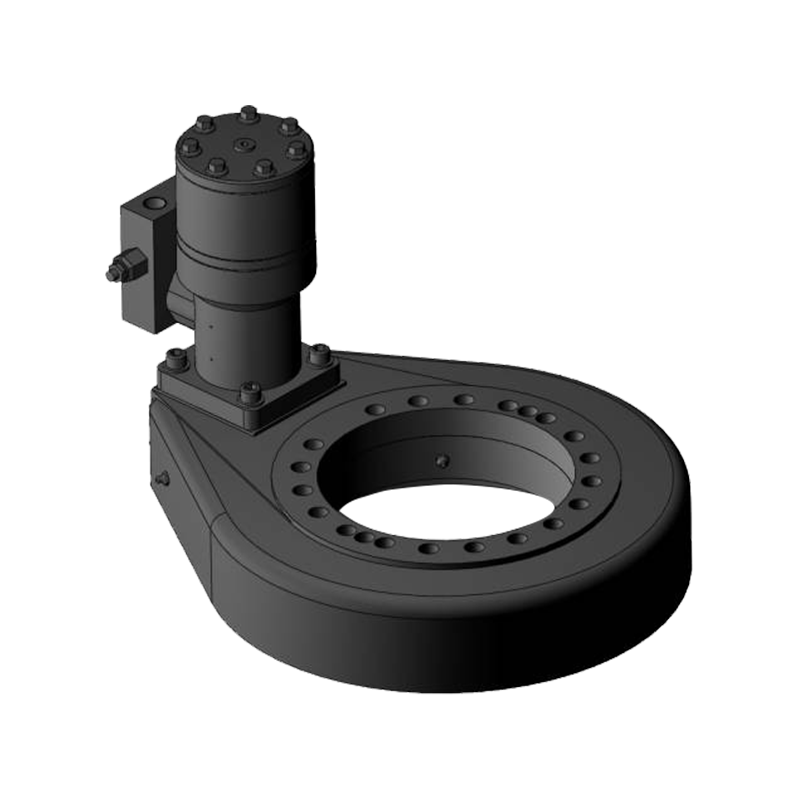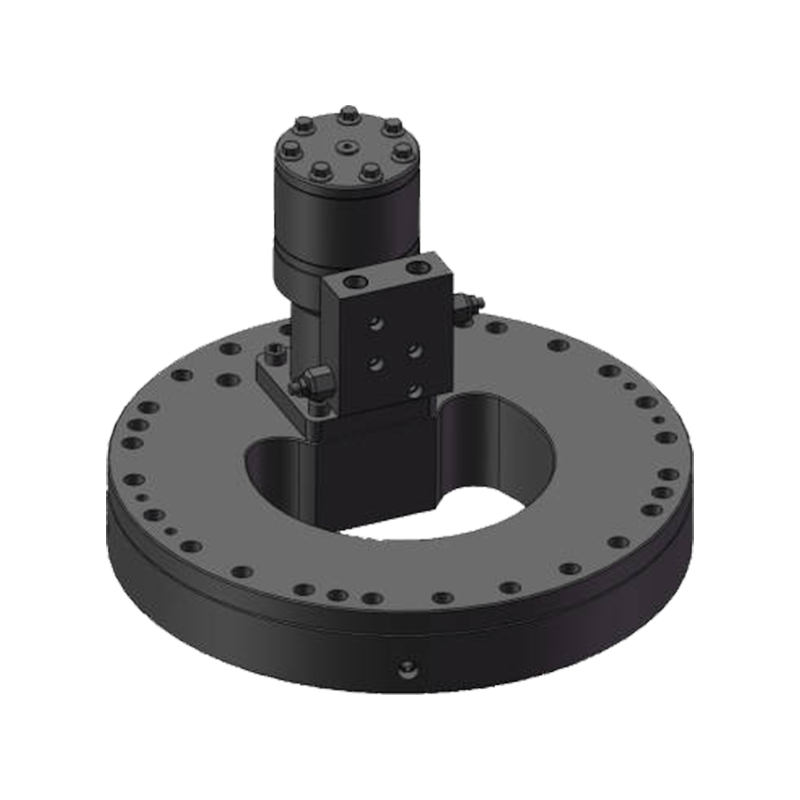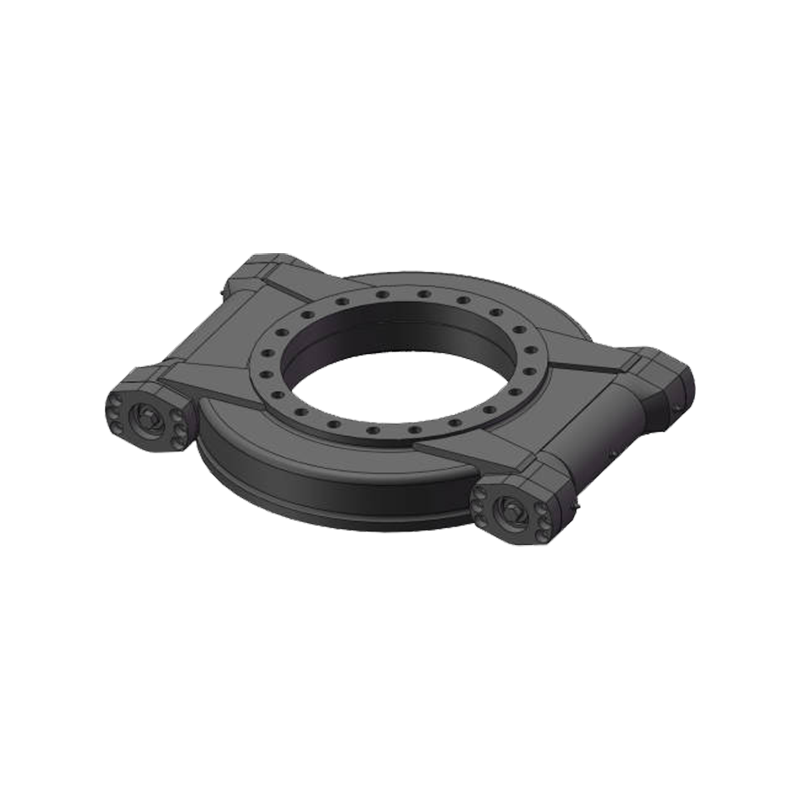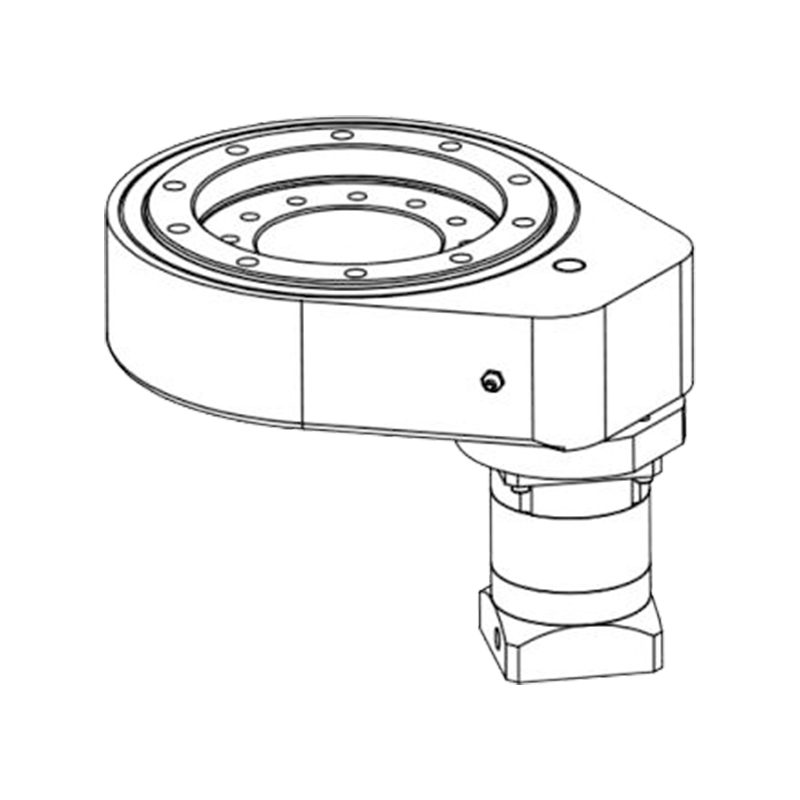Primary Functions of Horizontal Slewing Drives in Industrial and Energy Applications
 2025.10.01
2025.10.01
 Industry news
Industry news
Horizontal slewing drives are advanced mechanical systems designed to transmit torque, enable rotation, and provide precise motion control in applications where heavy loads and accurate positioning are required. These drives combine a slewing bearing with a worm or gear mechanism, all housed in a compact and sealed unit. Their versatility and reliability make them essential in many industrial and energy-related fields.
1. Load Support and Distribution
A primary function of horizontal slewing drives is to support and distribute loads while enabling smooth rotation. By integrating a slewing bearing, the drive accommodates axial, radial, and tilting moment loads. This makes it suitable for heavy-duty equipment such as cranes, construction machinery, and transport systems, where stable load handling is critical.
2. Rotational Motion and Positioning
Horizontal slewing drives are used to provide controlled rotational movement. The gear and bearing system ensures accurate angular positioning, which is vital in automation, material handling, and assembly lines. This precision allows machines to achieve consistent results even under variable operating conditions.
3. Torque Transmission
One of the key roles of a horizontal slewing drive is efficient torque transmission. Through worm gear or spur gear mechanisms, the drive transfers motor input into powerful rotational output. This capability is especially important in equipment that requires both high torque and compact design, such as drilling rigs or lifting platforms.
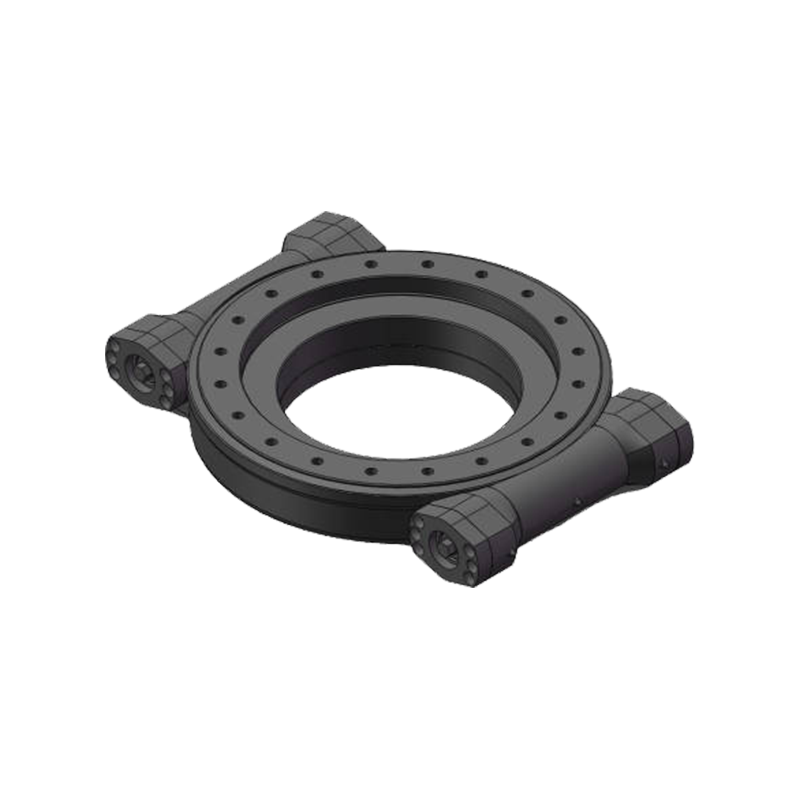
4. Safety Through Self-Locking
Many horizontal slewing drives incorporate a worm gear system, which offers a natural self-locking feature. This prevents back-driving and maintains load position without external braking systems. In applications such as solar tracking systems or construction hoists, this feature adds a layer of operational safety and energy efficiency.
5. Precision in Renewable Energy Applications
In the energy sector, horizontal slewing drives are widely used in solar tracking systems. They enable photovoltaic panels and heliostats to follow the sun’s path with high accuracy, maximizing energy capture. Their ability to withstand environmental stresses while providing reliable tracking makes them indispensable in renewable energy projects.
6. Compact Integration and Versatility
The compact design of horizontal slewing drives allows them to be integrated into machinery where space is limited. Their sealed housings also protect internal components from dust, dirt, and moisture, making them suitable for harsh environments such as mining or offshore operations.
7. Durability and Reduced Maintenance
Engineered for long service life, horizontal slewing drives are designed to operate continuously under demanding conditions. With proper lubrication and sealing, they require minimal maintenance compared to traditional rotation systems, reducing downtime and operating costs.
Industrial and Energy Applications
- Construction Equipment: Cranes, aerial lifts, and drilling rigs use horizontal slewing drives for stable rotation and load handling.
- Material Handling: Conveyor systems, automated assembly lines, and lifting machinery rely on their precise positioning.
- Renewable Energy: Solar trackers and wind power equipment use them to improve efficiency and operational reliability.
- Transportation: Truck-mounted cranes and specialized vehicles employ slewing drives for rotational functions in compact spaces.
Conclusion
The primary functions of horizontal slewing drives revolve around load support, rotational control, torque transmission, and safety. Their role extends across industries, from construction and transportation to renewable energy. By combining compact design with durability and precision, horizontal slewing drives have become essential components in modern industrial and energy systems.



